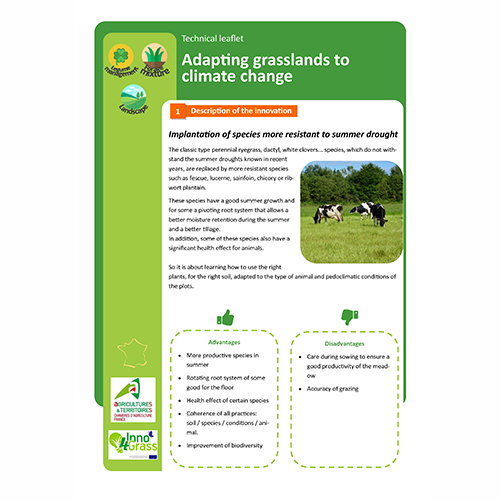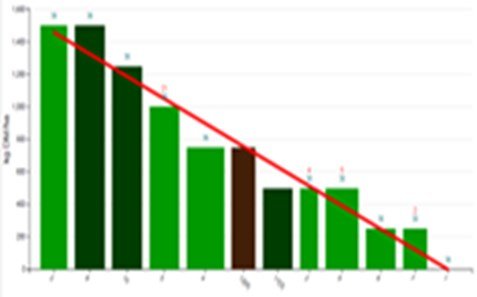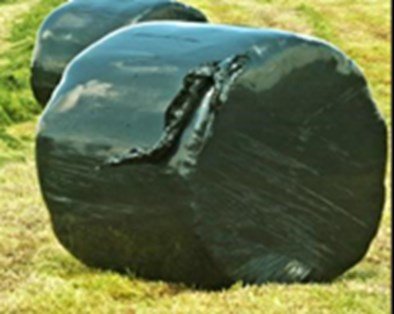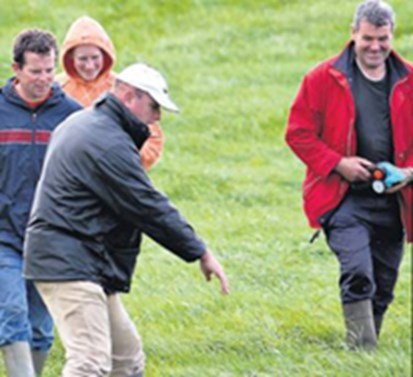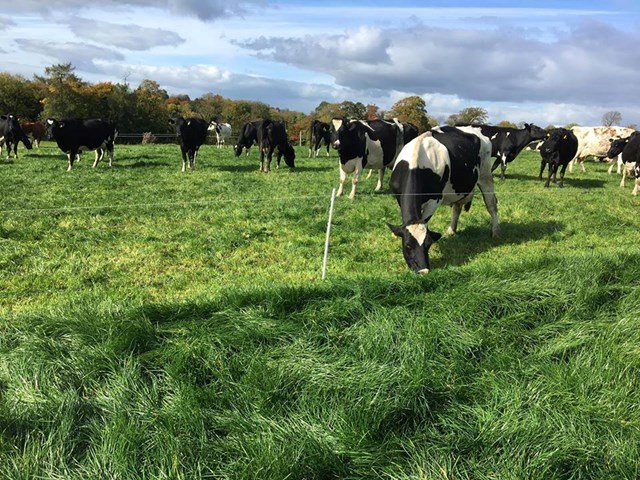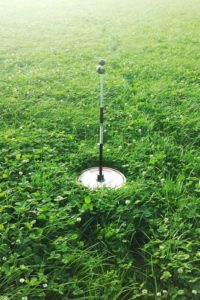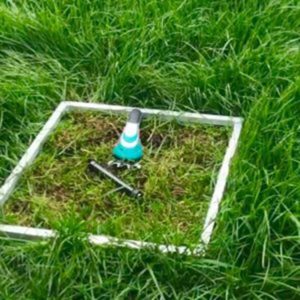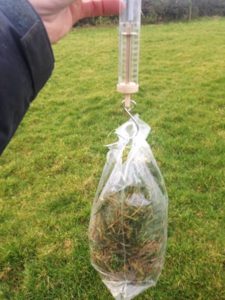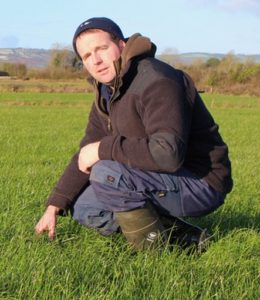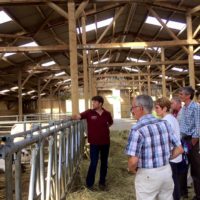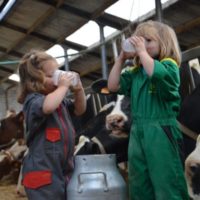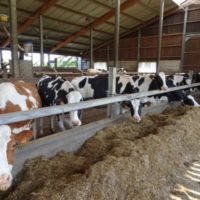Description
Description of the innovation
Why is Grassland Measurement Important for the Farmer?
- Farmers can grow and utilise more grass through better management decisions on their farms
- Farmers can increase output per hectare (increase milk output/ha, build silage reserves)
- Farmers will be able to enter covers of 1,400kg/DM/ha consistently and meet residuals of 4cm throughout the year (quality)
- Farmers can reduce costs on their farms (less meal, longer grazing season)
- Farmers can increase amount of grass in the diet (profit). Every extra tonne utilised: €173
Advantages
- Take the guesswork out of managing grass
- Identify grass surpluses and deficits quickly
- Know when to reduce, or cut out meal feeding
- When in deficit, calculate extra meal or silage needed to feed the herd or flock
Disadvantages
- Farmers need to prioritise their time to complete grassland measurement on a regular basis
3 Main Steps to Measurement
- Measurement of grass in the field
- Upload onto PastureBase and generate the wedge (training in the software)
- Training to make the correct decision!
3 Methods to measure grass in the field
- Platemeter
- Cut and Weight
- Visual assessment
Phase 1
A. Platemeter
- The more drops in the paddock, the more accurate the measurement will be (30 drops)
- Drop platemeter straight in repre-sentative areas of the paddock (avoid holes etc.)
- Calculation: (Final Reading- Initial Reading) ÷ 2 (to convert from 1/2cm to cm)
- Answer: in cm
B. Cut and Weight Method
- A 0.5m x 0.5m quadrat is placed in an area that is representative of the amount of grass in the paddock.
- Knock water off the grass before cutting if wet.
- The grass within the quadrat is cut to between 3.5 and 4cm.
- Place empty bag on the scale and make sure it’s starting at 0 grams.
- Place the grass into the bag and weigh the grass
- The following equation is used to calculate the DM yield in the paddock:
Weight of grass (kg) x grass DM% x 40,000 = kg DM/ha in the paddock.
C. Visual Assessment
- Using your experience; estimate the grass cover on the paddock
- Verify through a back calculation afterwards
- Number of Livestock x Grass Alloca-tion per head = Total Demand
- Number of days
- Area Grazed (Ha)
- Demand/Day (Kg/DM) x No. Days ÷ Area Grazed (Ha) = Grass Cover Kg/DM/ha
 Login to PastureBase Ireland
Login to PastureBase Ireland- Enter grass covers
- Enter livestock numbers and demand
- Set correct rotation length and residuals
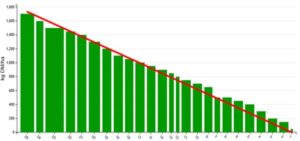 Generate the wedge
Generate the wedge
Phase 3
Make the correct decision:
- The objective is to have red demand line meeting the top of the green bars (grass covers)
- If green bars are higher than demand line: Surplus
Criteria to Make Decisions
Average Farm Cover (AFC) is the average amount of grass on each hectare of the farm and is expressed in kilograms of dry matter per hectare (kg DM/Ha).
To calculate the average farm cover multiply the paddock area by the cover in each paddock, for all paddocks measuring during a walk, and then divide by the total Ha of all paddocks measured.
Cover/LU is AFC divided by the stocking rate on the farm. Cover/LU is used to compare farms with varying stocking rates. This parameter is primarily used in the summer between April and August.
Target Cover/LU in mid-season: 160-180
E.g. 550 (AFC)/2.5 (Stocking Rate)= 220 Cover/LU
Growth vs Demand:
Growth: The amount of grass grown/ha per day since the previous mea-surement
The Demand/Ha is calculated by adding up the grass intake of all stock that are grazing the area of grass that you have just measured, and then dividing by the total area measured.
